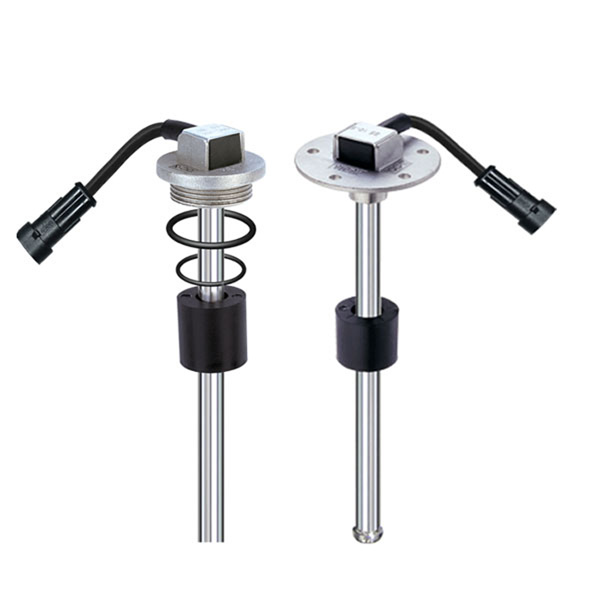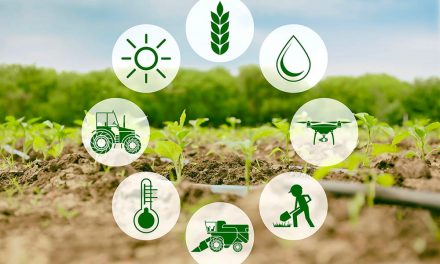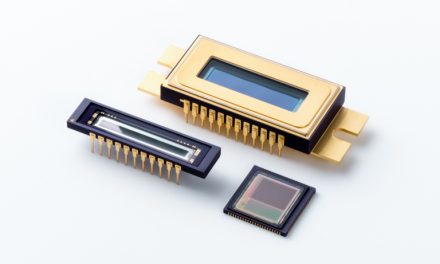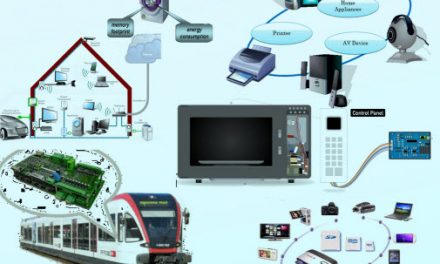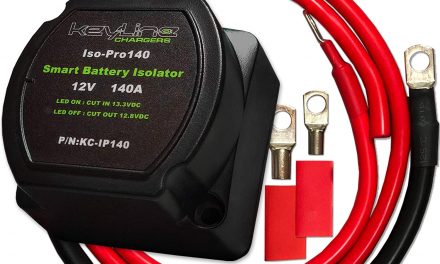Sensors make it easier to monitor process parameters. An example of a sensor used in monitoring processes is the level sensor. This sensor is mainly used in manufacturing industries. This article will highlight the different types of level sensors.
Before we get into the level sensor types, let us first define the term level sensor.
Table of Contents
What is a Level Sensor?
Level sensors are sensors designed to detect the level of liquids and fluids. These sensors have various applications in industrial, medical, agricultural and automotive industries. They allow for fluids that have been challenging to detect in the past such as milk, sticky substances, soap containing bubbles/foam, glue and ink to be detected with ease using the modern day sensors.
These sensors can measure substances in a container e.g. the amount of water in a reservoir, or in their natural form e.g. water in a river. The level measurement can be either continuous or in point values. Continuous level sensors are level sensors that measure the level within a specified range. They determine the exact amount of substance in a certain place. Point level sensors only indicate if the substance is above or below the sensing point. This generally means that the levels are either excessively high or excessively low.
Level Sensor Selection Criteria
There are very many application, and physical variables that are used to determine the best level monitoring method in industrial, as well as in commercial processes. The selection criteria includes, the phase to be measured, the temperature of the liquid or fluid to be measured, the dielectric constant of the medium, the specific gravity of the medium and the shape / size of the tank.
In addition to these, the other factors that need to be considered are: the price, the appearance, the ease of calibration and the response rate needed. All of these factors will determine the best level sensor to use in a particular application.
Types of Level Sensors
1. Optical Level Switches
This switch works in a very simple manner. Inside the sensor is an infrared Light Emitting Diode (LED) and a phototransistor. When the sensor tip is in the air, the infrared light inside the sensor tip is reflected back to the detector. In a liquid, however, the infrared light is refracted out of the sensor tip, causing less of it to reach the detector.
Advantages: They have no moving parts, they are compact, they can withstand high pressures and extreme temperatures, and they can detect even a very little amount of a liquid.
Disadvantages: This is an invasive method as the sensor needs to get into contact with the liquid, and some thick substances can cause a coating on the prism
Point of application: This level sensor type is used in tank level measurement and leak detection.
2. Capacitance
Fluids have dielectric constants that are quite different to that of the air. These level sensor types measure the change in capacitance between the two plates produced by changes in level. These can work with a range of solids, liquids and mixed materials.
Advantages: Compact, reliable, no moving parts, not affected by properties of the medium.
Disadvantages: Expensive, performance can be affected by various elements in the environment.
Point of application: This type of level sensor is used in non-contact applications with highly viscous liquids and bulk solids. It is also used in systems that need remote monitoring.
3. Ultrasonic
This level sensor type measures the levels of the liquid present by calculating the duration and strength of high frequency sound waves. These waves are emitted by the transmitting part of the sensor, reflected off the surface of the liquid and return to the sensor. The time taken for the wave to return back to the sensor is relative to the distance between the sensor and liquid.
Advantages: No moving parts, compact, reliable.
Disadvantages: Length of time affected by elements in atmosphere above medium, therefore, mounting position is critical. They are expensive as well.
Point of application: This type of level sensor is used in non-contact applications with highly viscous and bulk solids.
4. Microwave/Radar
These operate using almost the same principle as the ultrasonic level sensor, with the key difference being that the pulses travel at the speed of light. The reliability and repeatability are affected by the dielectric constant of the fluid.
Advantages: Very accurate, multiple output options, no calibration required.
Disadvantages: High cost, can be affected by environment, limited detection range.
Point of application: This level sensor type is used in dusty, moist, and vaporous environments. They are also used in systems with varying temperatures.
5. Vibrating Sensor
This type of level sensor is ideal for solid and liquid level control. It is also ideal for sticky materials, foam, powders and fine grained solids.
Advantages: It is compact and cost effective.
Disadvantages: Invasive, and has limited use cases.
Point of application: Liquid level control, chemical processing industries and beverage industries.
6. Conductivity
These types of level sensors are used for point level sensing conductive liquids. These include water and highly corrosive liquids. It consists of two metallic probes which are inserted into a tank, with one being the short one and the other being the longer probe. The long probe transmits a low voltage and the second shorter probe is cut so the tip is at the switching point.
Advantages: Easy to use, low cost, no moving parts
Disadvantages: Invasive, liquids need to be conductive, need regular maintenance to check for material build-up on the probes.
Point of application: Tank level measurement of highly corrosive liquids, boiler water and reagent monitoring.
7. Float Switch
These are the most cost effective and well proven methods for liquid sensing. A magnet within a float, and a magnetic reed switch move with the change in liquid and will cause the reed switch to either open or close depending on if it is in air or liquid.
Advantages: Non-powered, direct indication, relatively inexpensive
Disadvantages: Moving parts, invasive, large amount of liquid needs to be present before the float makes contact.
Point of application: Tank level applications where oil, hydraulic fluids, water and chemicals are being used.
Conclusion
This article started by introducing liquid level sensors. It then went on to explain the different types of liquid level sensors present.
We hope you enjoyed it!

